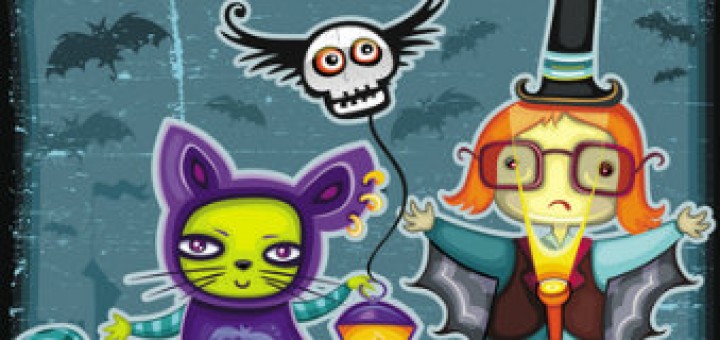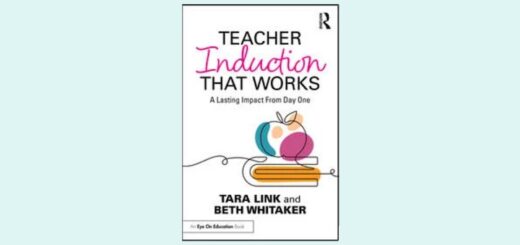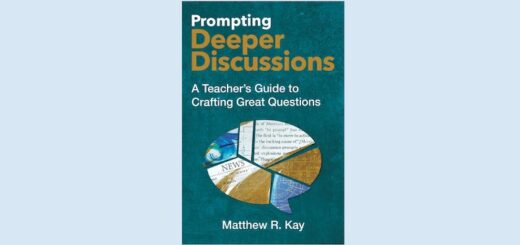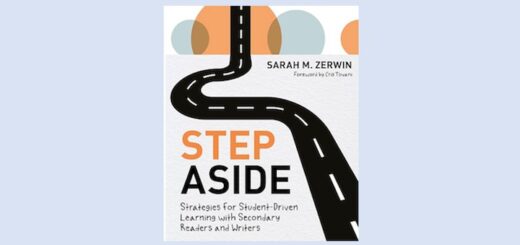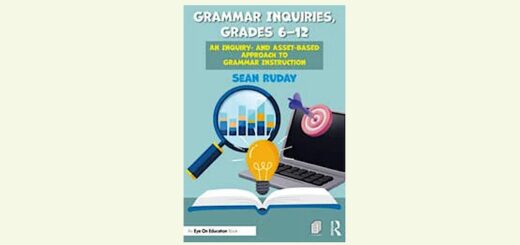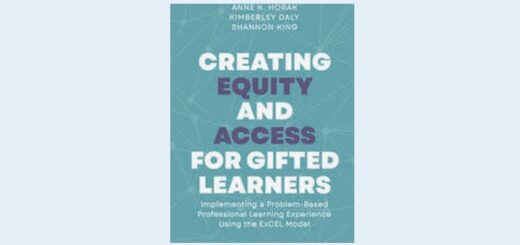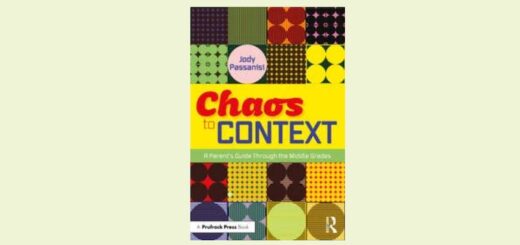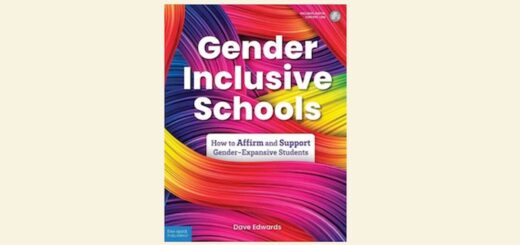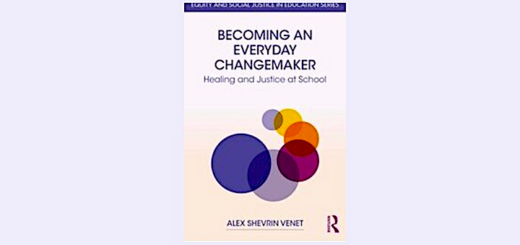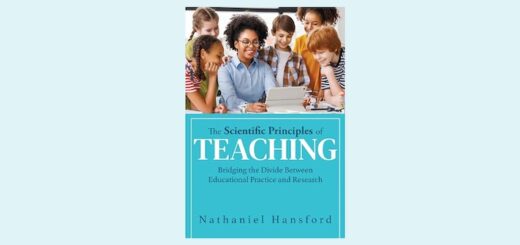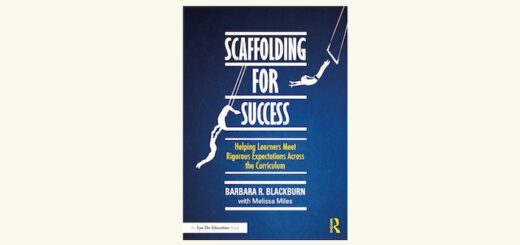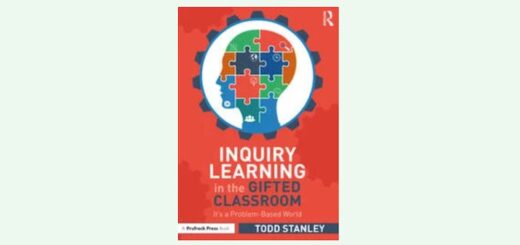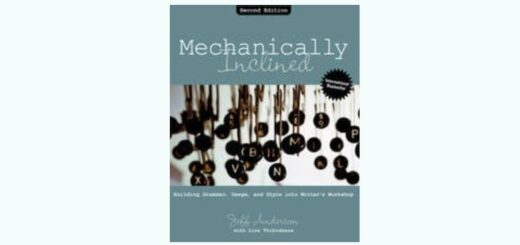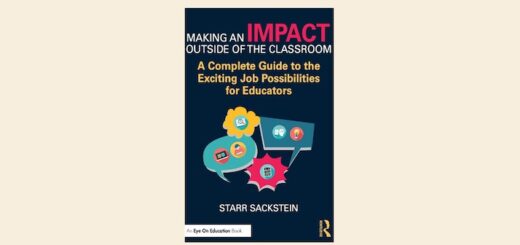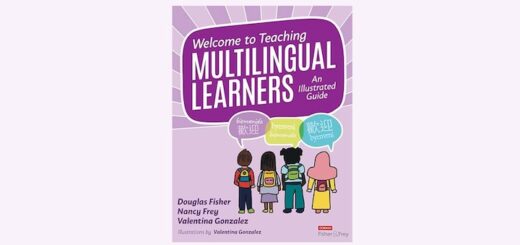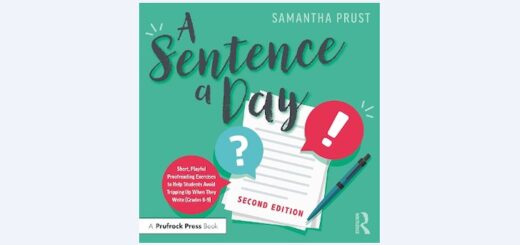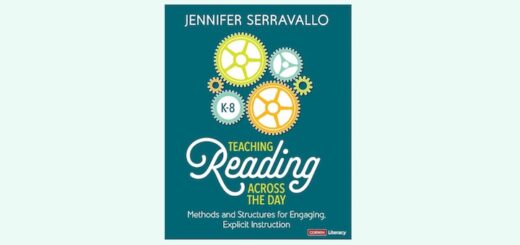Teaching and learning in grades 4-8
This Halloween, don’t miss 4th grade teacher Mary Tarashuk’s self-assessment of how she managed learning on a delightfully creepy day. First presented a year ago, still just as funny. “It’s not all about sugar, but sugar anticipation is in the air.”
Bridging Literacies with Videogames asks if students’ playing videogames in school can yield literacy skill acquisition, and looks at invented worlds, 2nd language learners in multiplayer games, and more. Kevin Hodgson suggests students build games.
If you are looking for detailed, richly resourced content ideas on how to integrate technology, Literacy Lessons for a Digital World is for you. The book does not emphasize how to work with the software and programs, says Sandy Wisneski.
Your school wants to offer STEM classes to its students. How do you select teachers? And what professional development and other supports will teachers need to successfully involve students and facilitate projects? STEM expert Anne Jolly shares ideas.
Whether connected educators are collaborating online or in person, says Elizabeth Stein, “they are constantly on a mission to provide deep, powerful learning for their students through multiple means of accessing the rich content of the Common Core.”
Learning to code is an important new literacy. But how, wonders edtech coach Emily Vickery, do we close the opportunity gap between those who have access to coding instruction and those who don’t? Vickery suggests some resources that can help less advantaged students cross the divide.
Often what stands in the way of teacher change is a lack of awareness about what needs to improve. Sharing some aha moments, ‘Smarter Grading’ author Myron Dueck tells how he changed the way he tests and assesses students and manages project learning.
RTI in Math: Evidence-Based Interventions for Struggling Students combines recommendations of math education researchers and instructional leaders with teaching strategies for a wide range of students. Reviewer Fran Loose offers a detailed overview.
Mary Jo Fresch’s book not only gives practical suggestions for keeping students attentive, thoughtful, and inquisitive, but emphasizes ways to create classrooms filled with happiness and wonderment, says reviewer & district PD coordinator Rachael Harms.
Rather than wasting space unpacking the standards (again), PD director Bryan Harris supplies educators with tips on running a classroom, asking questions, and staging conversations for a CCSS friendly culture, says teacher-reviewer Lena Welch.

